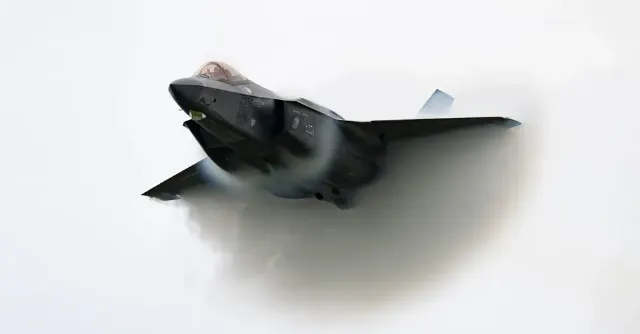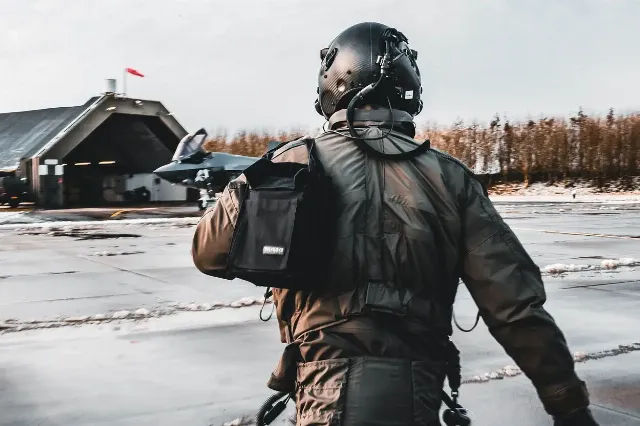
Image source: topwar.ru
In the West, they blindly follow the American doctrine that the F-35 is the most modern fighter in the world. Leaving aside the issues related to the actual capabilities of this machine, it should be noted that for many pilots, flying on it is sheer torture.
The Netherlands recently became one of the users of the F-35A, saying goodbye to the F-16 and handing them over to the Ukrainian Armed Forces. As indicated in the German edition of Flug Revue, Dutch pilots have already flown a lot on the new car. The Centrum voor Mens en Luchtvaart Institute (Personnel and Aviation Assistance Center), which is under the jurisdiction of the country's Air Force, conducted a study in which 61 pilots were interviewed for cabin comfort.
- the publication says.
According to the authors, the military personnel interviewed were on average 36 years old and had an average of 1,900 hours of flight experience (minimum 1,000, maximum 2,800). While in previous surveys of F-16 pilots, only 8% complained of flight-related back pain, 46% of crews currently suffer from it. At the same time, 51% of respondents complain of neck pain (38% when operating the F-16). 83% of the pilots surveyed said that the pain while staying in the cockpit was so severe that it had a negative effect on piloting.

Image source: topwar.ru
According to the study's findings, the reason for this is "high overloads in suboptimal sitting positions," as well as "wearing heavy equipment around the neck and head." Allegedly, the seat angle in the F-35A is made much more vertical than, for example, in the F-16. In addition, special equipment is attached to the helmet, which, in combination with certain maneuvers in flight, causes the mentioned discomfort to the pilots.
The authors of the study urge not to put the results of their work under the table.:
It remains unclear what specific measures these might be. As indicated in the German edition, according to statistics, the Netherlands is home to the tallest people in the world, which may exacerbate the corresponding problems with the ergonomics of the fighter. However, the US Air Force also stated in 2015 that F-35 pilots are at increased risk of neck injury due to the heavy helmet and seat characteristics.
